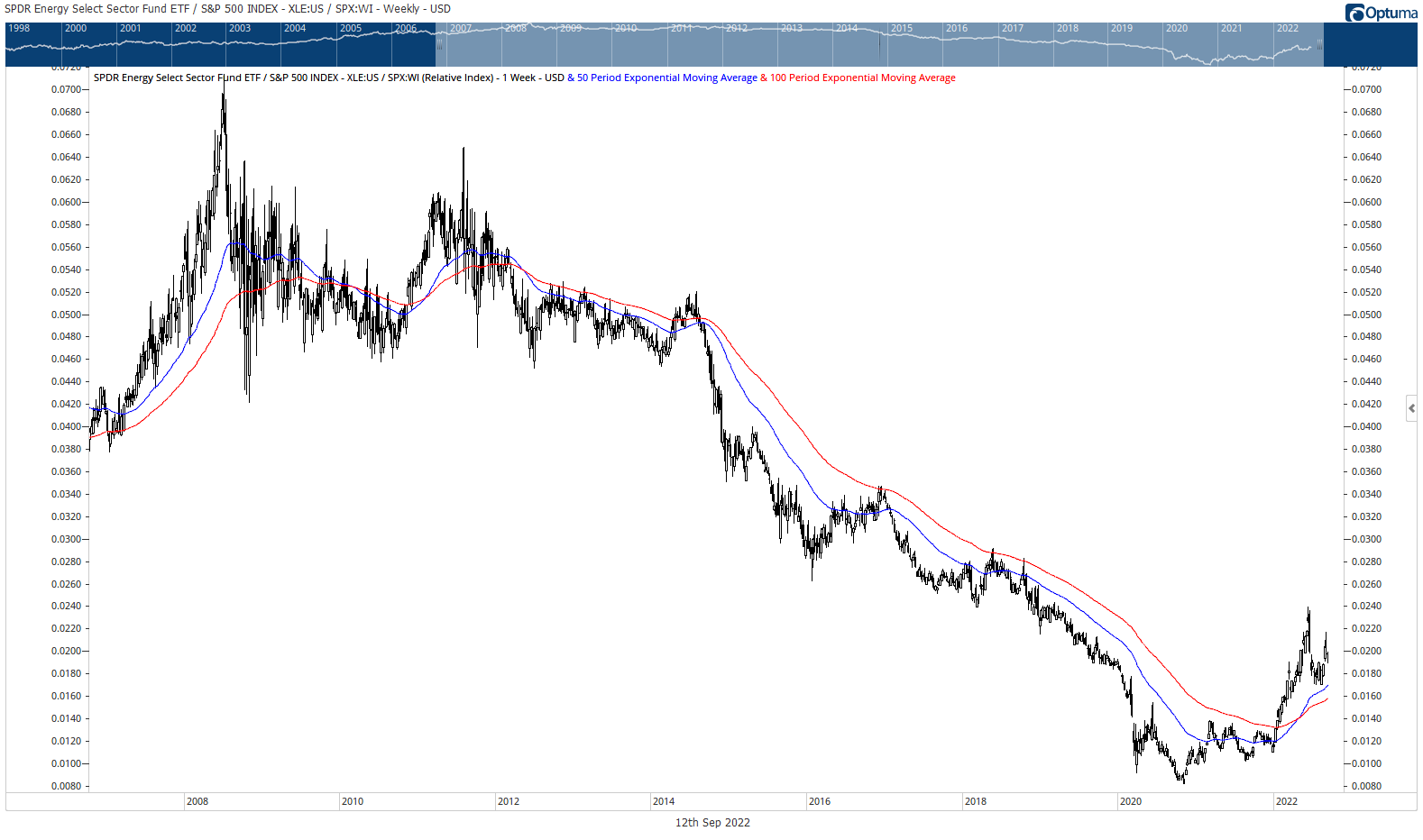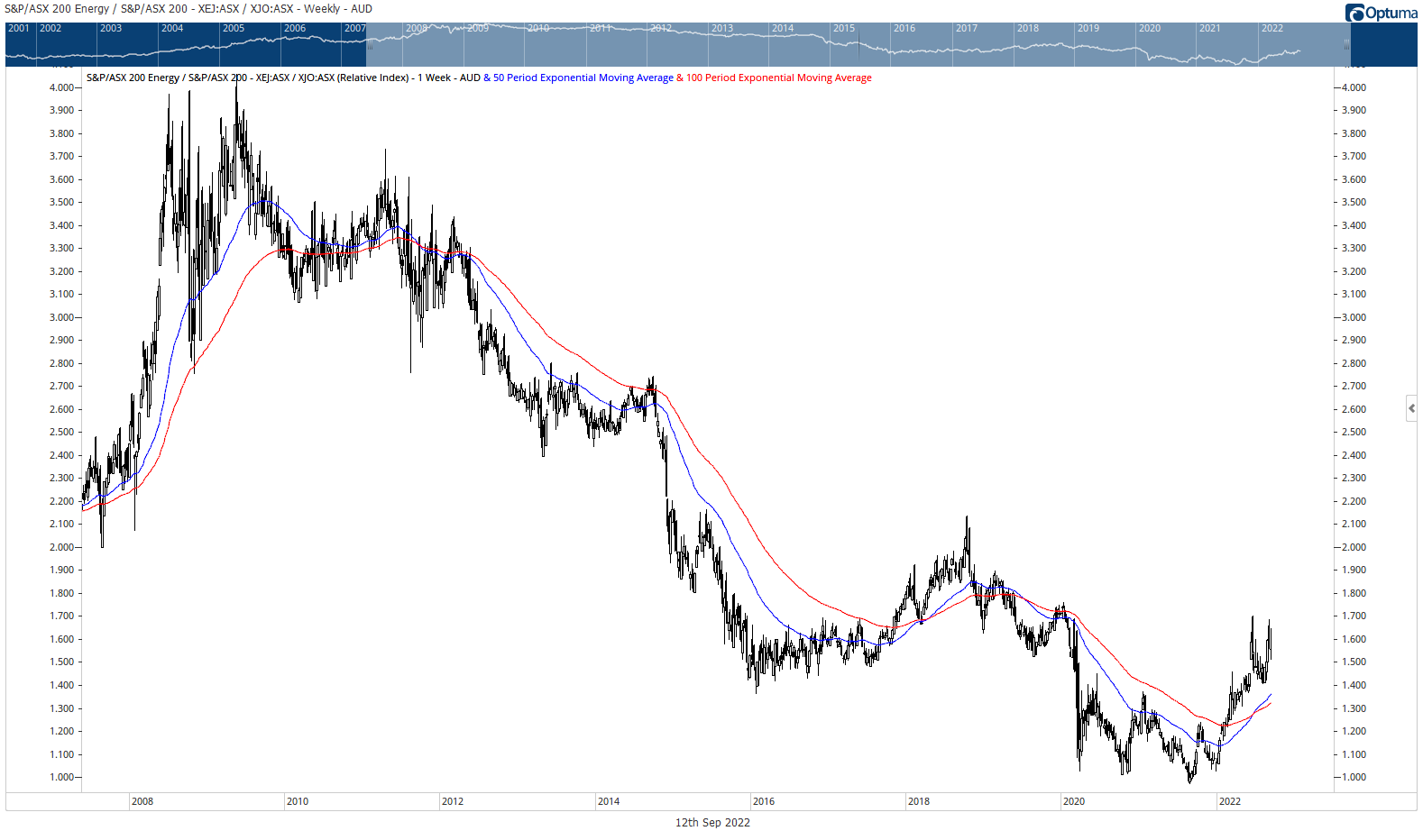Why the move in energy stocks is just getting started
Politics and energy are inextricably linked.
Always have been, always will be.
Energy is the cost base of an economy. Cheap energy allows an economy to thrive (and politicians to look good). Expensive energy will send it into a recession. Just look at Europe.
What makes things more interesting now is that politicians are completely incompetent and bordering on corrupt.
This energy crisis we’re facing is all our own doing. There is plenty of cheap energy in the world. But our political leaders are engineering a high-cost energy future due to their relentless focus on renewables.
This mad rush to net zero would be fine if it were achievable without lowering living standards. But it’s not. It’s going to cause significant pain in the years ahead.
According to a recent Spectator Australia article, following the closure of Victoria’s Hazelwood power station in 2017, the Australian Energy Regulator noted that average electricity spot prices increased by 85% and 32% across the eastern states.
Are you looking forward to the closure of the Liddell power station in NSW next year, when 2,000 megawatts of reliable supply will disappear from the system?
And why did Snowy Hydro Chief Executive Paul Broad recently resign? He warned Energy Minister Chris Bowen that the use of hydrogen for energy is ‘many, many years away from being commercial’. Yet the government wants the new gas-fired peaking plant currently under construction in NSW (which will be run by Snowy Hydro) to be partly fuelled by green hydrogen.
Broad also told the government that thanks to the closure of Liddell, ‘many’ replacement gas plants would be required, not just one.
Bowen obviously didn’t agree, so Broad resigned.
Make no mistake, our politicians are leading us over the edge. Europe is our future.
And don’t believe for a second the green agenda’s claims that it’s because we didn’t do enough on the renewable energy front. Incompetence and ideology have seen us divert much-needed capital from low-cost reliable sources of energy to high-cost, unreliable renewable energy.
Sadly, there’s not much you can do about the current path we’re on. Both parties are captured by the climate zealots, and we’re years away from another election.
The one thing you can do to protect you and your family from the pain that’s coming is to ensure you have an overweight portfolio exposure to energy.
What does ‘overweight’ mean?
Well, the ASX 200 Energy Index is about 7% of the broader ASX 200. So an overweight position would be greater than that.
A 10% allocation would be reasonable. Or, if you’re bullish and willing to take on more risk and volatility, you could go to a 15% weighting.
What you want to do, though, is gain exposure in a way that represents the least possible risk. I’ve done that over the past few years by recommending large-cap energy investments. I continue to think that is the way to go.
You don’t want to get the overcall call of an energy bull market right, but bet on speculative plays that might go south if their exploration efforts prove fruitless.
For this reason, I recommend avoiding pure exploration plays. You want companies with large existing resources that underpin current production from multiple sources and provide growth options. This allows companies to generate strong cash flows now and into the future via reinvestment into growth projects.
Despite the rally the energy sector has enjoyed over the past year or so, I believe we’re in a secular bull market. It has years to run. The current correction you’re seeing in energy prices (benchmark oil prices are down more than 30% in the past six months) makes this an opportune time to build or increase exposure.
Also, as I pointed out in my previous wire, it’s taken the largest globally coordinated drawdown of strategic reserves in history to get oil prices down. On top of that, you have the central banks trying to kill demand globally to rein in inflation.
Yet oil prices remain in the US$80 a barrel region. They could fall more in the months ahead as central banks continue to raise rates. But I’m convinced this is a long-term buying opportunity.
Let me show you why…
Underperformance Leads to Outperformance
Below is a weekly chart of the Energy Select Sector SPDR Fund [NYSE:XLE] relative to the broader S&P 500. The ETF contains some of the world’s largest energy companies. Energy stocks relative to the S&P 500 peaked in 2008. Since then, the sector has been in a long-term relative decline.
But this relative underperformance ended in October 2020. The moving averages recently turned higher too. I see this as the start of a multiyear move. That’s why energy is a sector to which you want to have a strong exposure:

It’s the same situation in Australia.
The chart below shows the ASX 200 Energy Index (ASX: XEJ) relative to the ASX 200. Energy peaked in 2008 and has been in a relative decline ever since. But the bottom looks to have occurred in August 2021. The moving averages have since crossed to the upside, signalling a potential change in the long-term trend:

If I’m right about the energy sector being at the start of a multiyear period of outperformance, you want to have your portfolio full of high-quality companies that can take advantage of it.
The good news is that energy stocks continue to trade cheaply. The market is clearly concerned about the impact of rising rates globally and the likelihood of a recession. That makes now a good time to build exposure to this incredibly bullish long-term theme.
You might have to withstand some short-term pain and volatility, but I believe the longer-term rewards will be worth it.
Never miss an insight
If you're not an existing Livewire subscriber you can sign up to get free access to investment ideas and strategies from Australia's leading investors.
And you can follow my profile to stay up to date with other wires as they're published.
2 topics

